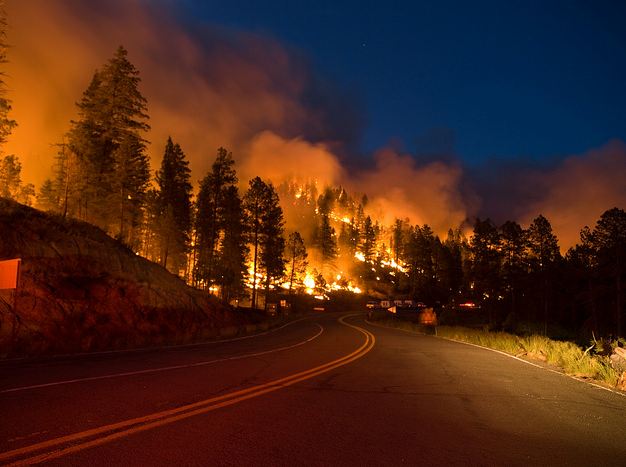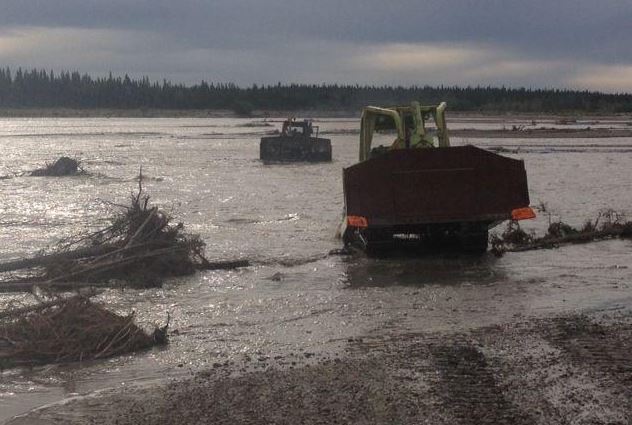A United States Senator has introduced legislation that would provide for contract wildland firefighters to be covered for death and disability benefits under the Public Safety Officers’ Benefits Act (PSOB). Currently contracted personnel fighting fire from the ground or the air who are not regular federal, state, or local agency employees are not eligible for death or disability benefits should they be killed or injured in the line of duty. For example, air tanker pilots and contract hand crew personnel are not covered. This bill, if it passes, would change that. The current version of the legislation as it was introduced yesterday is HERE. It can be tracked at the Library of Congress.
The current amount of the PSOB benefit is $333,604.68 for eligible deaths occurring on or after October 1, 2013.
This bill is long overdue. We encourage you to contact your federal Senators and Representative. Ask them to co-sponsor and vote for this legislation. Here is a link you can use to identify and contact your elected officials — http://www.usa.gov/Contact/Elected.shtml
If you are in favor of this bill, you can sign a petition at Change.org.
Below is the text of the press release issued by Oregon Senator Jeff Merkley:
****
“Merkley Introduces Legislation to Provide Benefits to Families of Fallen Firefighters
Legislation crafted after Oregon families were denied benefits
WASHINGTON, DC – Today, Oregon’s Senator Jeff Merkley introduced the Fallen Wildland Firefighters Fair Compensation Act that would allow aerial and ground contracted firefighters to be covered for death and disability benefits under the Public Safety Officers’ Benefits Act (PSOB). Currently, these benefits are granted to state and local police, firefighters, EMTs and also federally employed wildland firefighters, but not contracted wildland firefighters, even though 40% of firefighters who battle blazes on federal land are contracted. Senator Merkley crafted this legislation after hearing from families of contracted Oregon firefighters who had been killed in 2008 and were denied death benefits.
“Every summer across Oregon, thousands of contract firefighters risk their lives fighting to protect our federal forests, grasslands, and lands,” said Merkley. “It is past time that we make sure that if the worst happens while on the job, the families of fallen firefighters are granted proper benefits.”
Typically, contracted firefighters account for 10,000-15,000 people each year. While these men and women work and train right alongside of and even receive direction from the U.S. Forest Service, in the unfortunate event of death or traumatic injury, contract firefighters cannot receive comparable benefits to federal employees.
This bill would give the surviving spouses and children of fallen firefighters the same survivor benefits that those of other firefighters and law enforcement receive.”









